Warrior Breath: Astrological Archetypes & Yoga
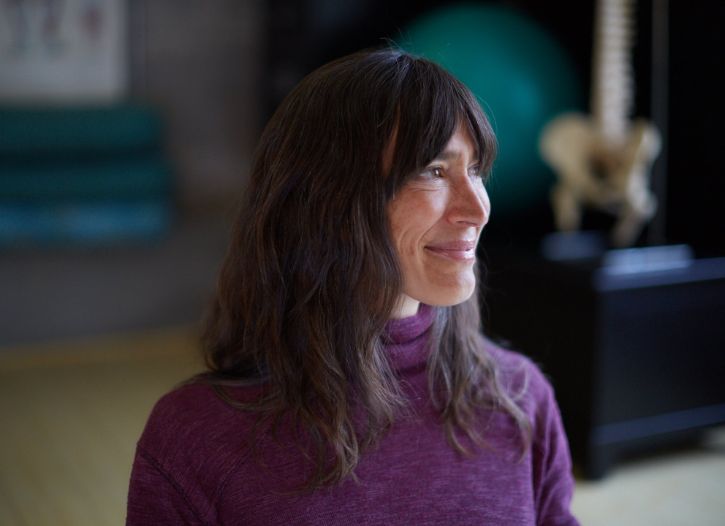
A short time after I moved to Asheville, NC in 1996 I stumbled upon a little yoga practice room above an antique shop downtown. There was no sign outside advertising it as a studio or practice space. At the top of a narrow and creaking staircase there was simply a wooden bowl for donations.
Bhakti Yoga: The Flow of Devotion
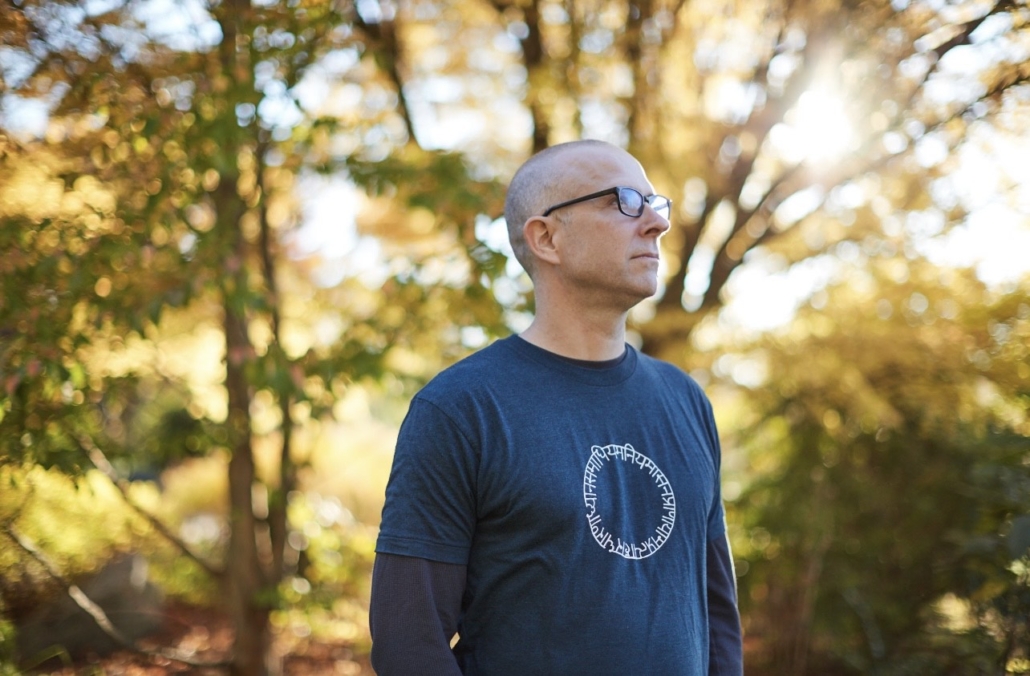
Bhakti means devotion, a deep yearning to experience love in its purest form. According to Dr. Shyam Ranganathan, Bhakti is identical to Yoga as a basic ethical theory that originated in South Asia. Although it is often confused with Theism, a decolonized view of Yoga or Bhakti does not require any beliefs.
Don’t Forget to Nurture Your Personal Practice
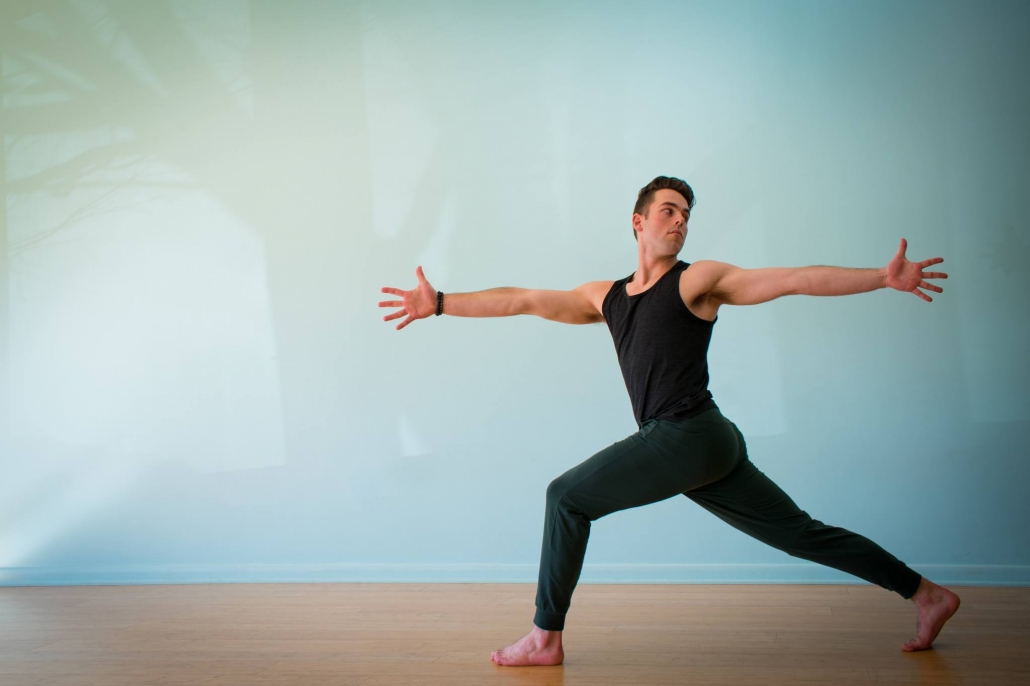
Self-Care Tips for Yoga Teachers Despite the therapeutic nature of yoga, being an instructor does not come without its challenges. With hours spent teaching multiple yoga classes at different yoga studios and events – in addition to taking time to prepare for workshops – it can be challenging to make time for your personal practice. […]
What is the 200-Hour Training Experience You Need?
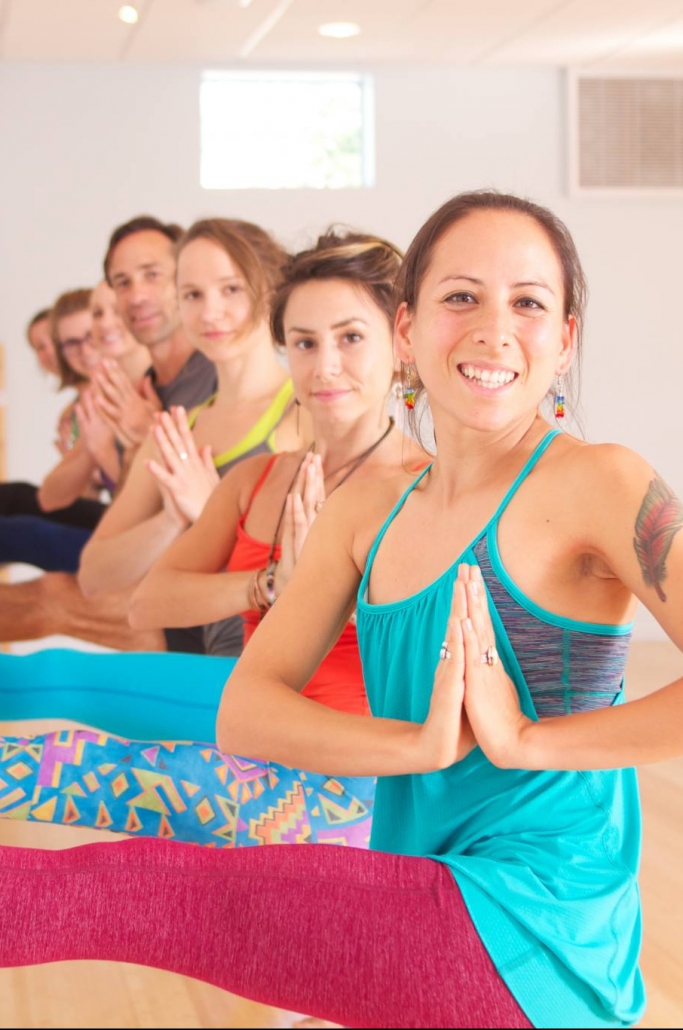
Find the Program Option to Fit Your Schedule Are you ready to dive into 200-Hour Yoga Teacher Training? This in-depth curriculum will give you the confidence and experience you need to start educating and sharing the love of yoga with others while providing a deeper understanding of yourself through the process! We realize that life […]
Know Your Boundaries
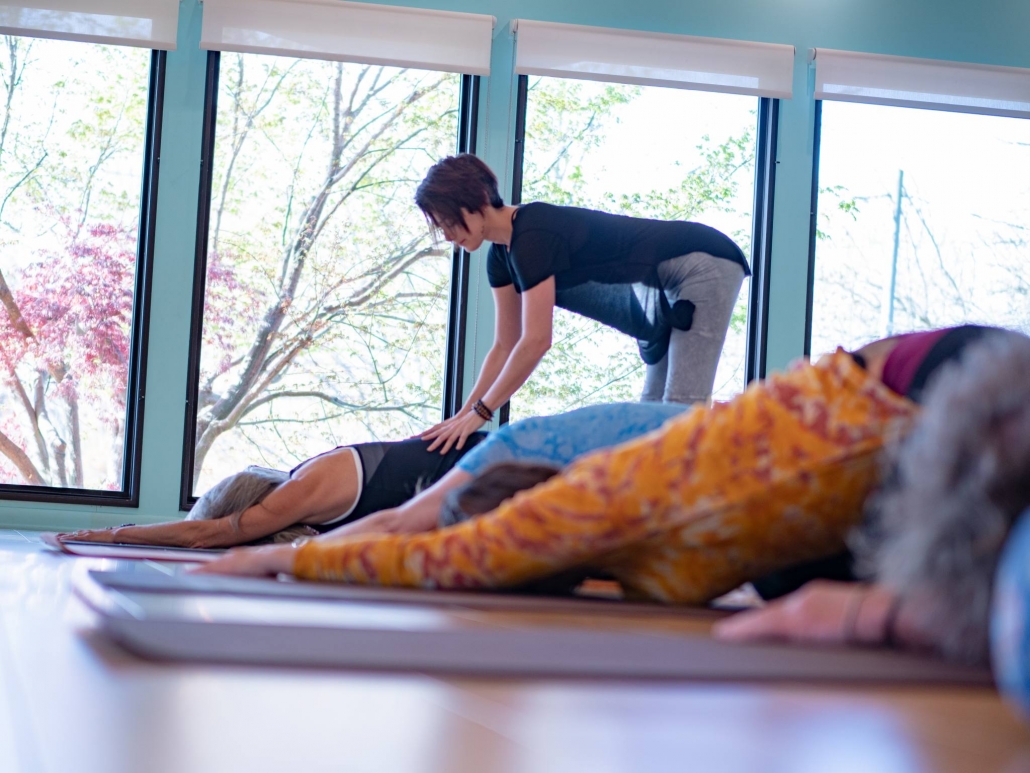
Consent in the Classroom In a recent article written for the New York Times, journalist Katherine Rosman found herself face-to-face with the issue of consent and hands-on assists during Asheville Yoga Festival this past summer. During a four-hour workshop titled “Inversions and Adjustments” with Jonny Kest, she found herself in a unique situation. A woman […]
Learn the Tools to Be an Inspiration to Others
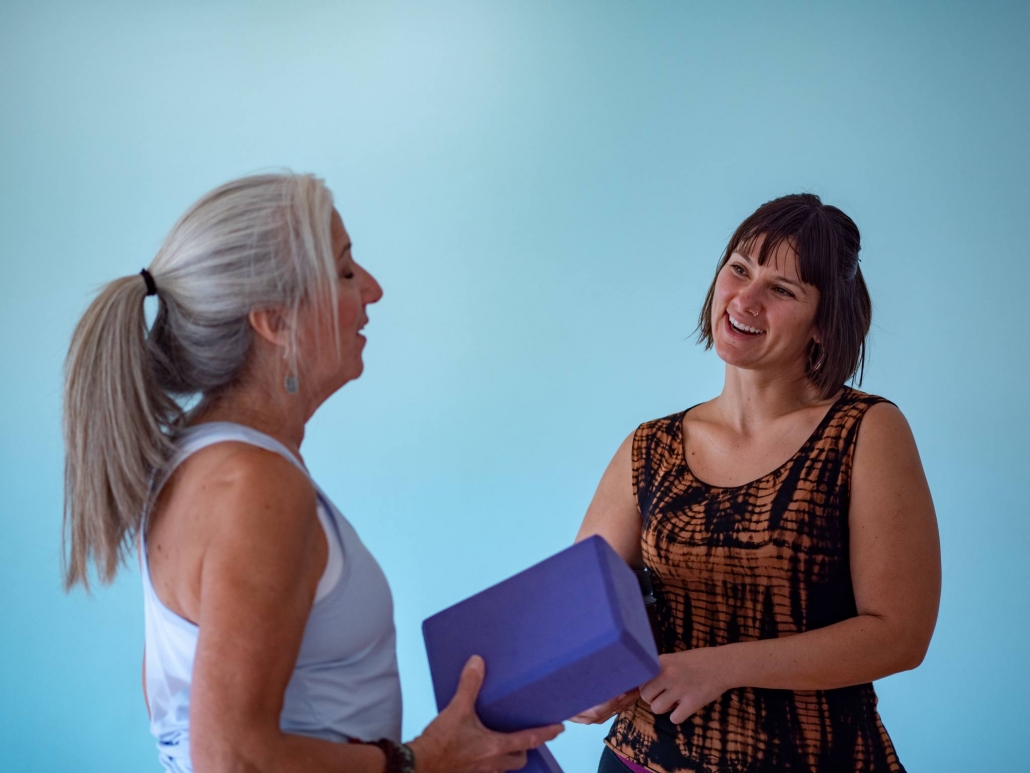
Show Your Light Take a minute to think about some of your most influential yoga teachers. How did they impact your life? What qualities did they possess that made you admire them? Yoga teachers are some of the most nurturing, impactful people that you will meet in your life. Going through 200-Hour teacher training will […]
How to Deal with Student Injuries

Tips for Teaching a Low-Risk Class Written by AYC Instructor, Rosie Mulford As a yoga teacher, you will likely encounter a student who gets injured. If an injury arises during your class, it doesn’t necessarily mean you were the cause. Regardless, it is important to know how to be aware of potential injuries so that […]
Having Confidence as a New Yoga Teacher
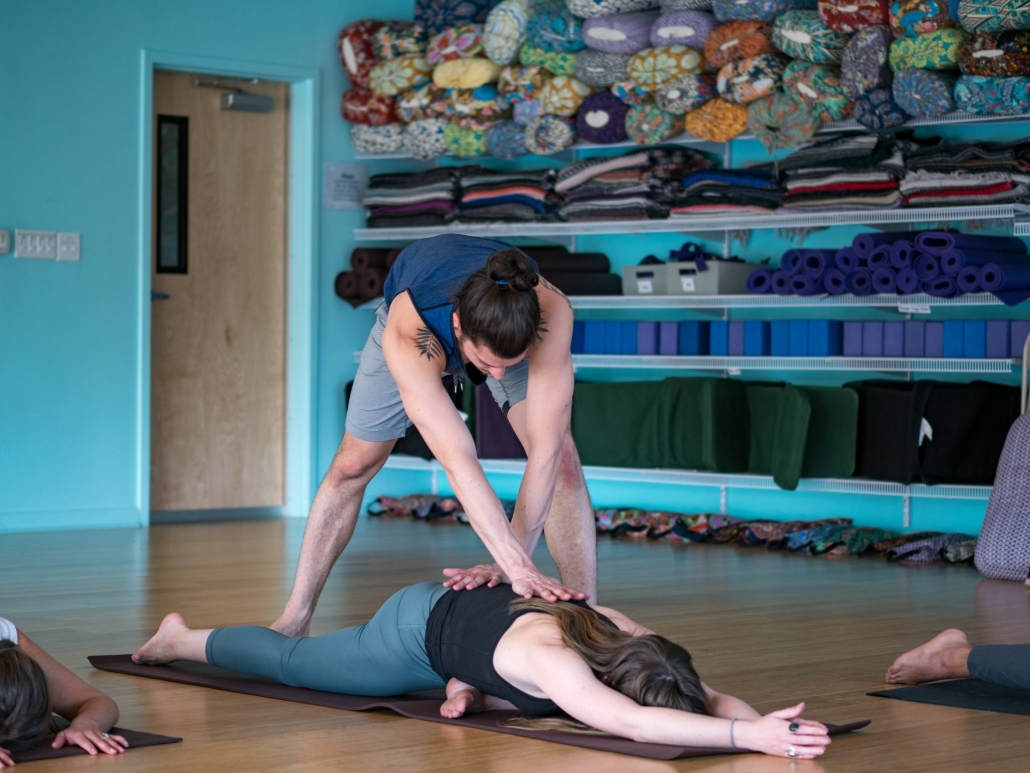
Believe in Yourself Through Your Journey Have you thought about pursuing your love of yoga beyond the realm of your personal practice? Embarking on the journey through 200-Hour teacher training will make you grow immensely as you connect with your mind, body and spirit. You’ll dive into a life-changing educational experience where you’ll bond with […]
Journey Through AYC’s 300-Hour Immersion
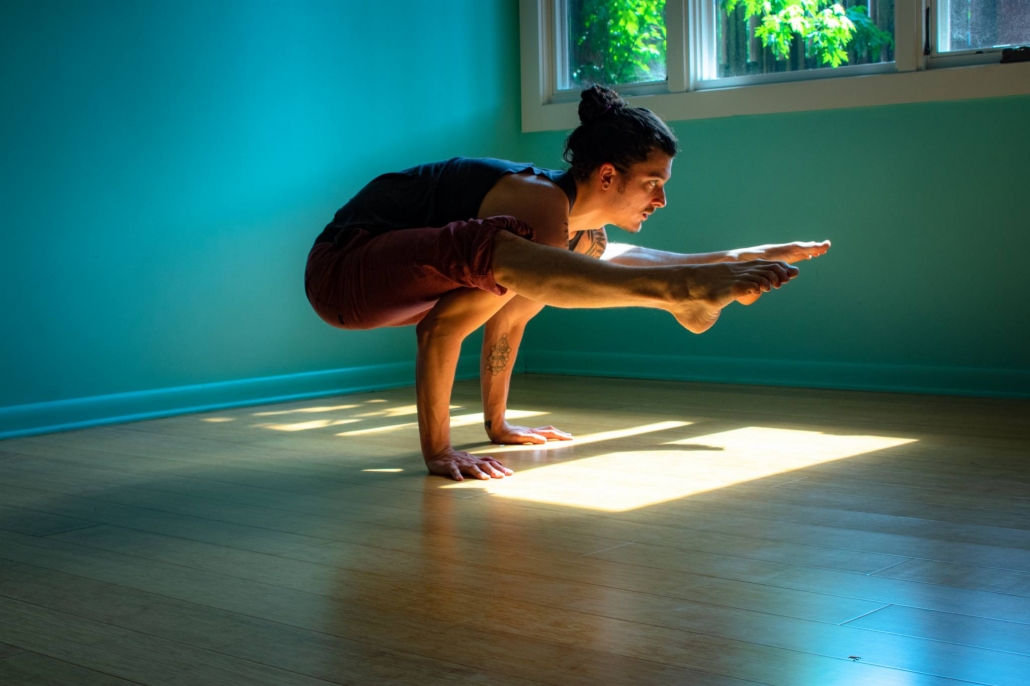
Deepen Your Knowledge of Yoga Written by AYC Instructor, Tucker Shelton Have you ever tried drinking from a firehose? That’s what it can feel like to jump into the 300-Hour yoga teacher training immersion at AYC. The incredible teachers, fascinating subjects and advanced modules are so powerful that it can feel daunting to take it […]
How Having a Mentor Can Help You Through Your Teacher Training Journey
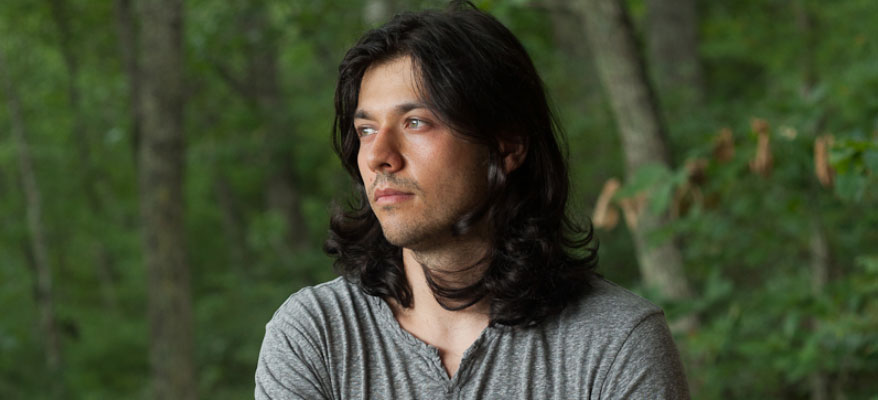
Finding a Mentor By AYC Instructor Richard Fabio Yoga Teacher Training is the experience of a lifetime. You’ll find a deeper education of yoga than you thought possible. It will challenge you to discover more about yourself as a yogi and as an individual. Starting out, teacher training can seem intimidating, which is why having […]
